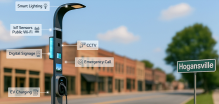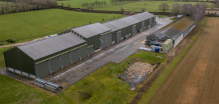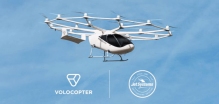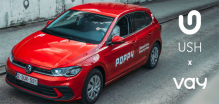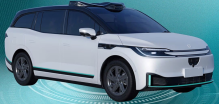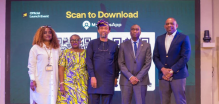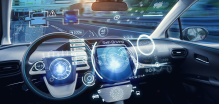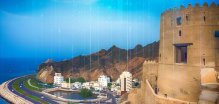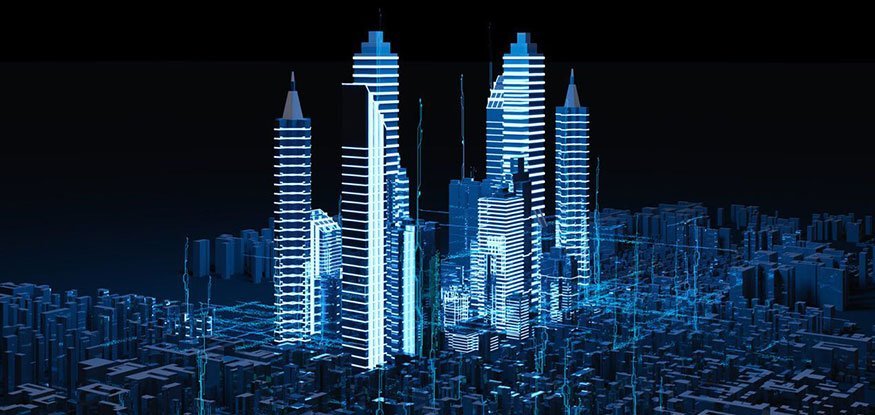A digital twin is a digital replica or virtual model of a physical entity, living or non-living. It is basically a digital version of its physical counterpart which could be a person, place, city, system or devices which can be used for a variety of reasons, the main one being industry efficiency optimization.
More specifically, there are three types of digital twins: the digital twin prototype (DTP), the digital twin instance (DTI) and the digital twin aggregate (DTA).
The DTP includes analyses, designs and processes of the physical asset and is created before the physical product while the DTI refers to the digital twin of each instance of the product, individually, as soon as it is created. The DTA is the collection of DTIs through which data is collected and inherently used for testing the efficiency of the physical product as well as its prognostics and learning.
Digital twin technology pairs both the virtual and physical models of products, services and processes and enables the monitoring and analysis of data such that problems could be discarded before they have occurred. This state-of-the-art technology could even be created before the physical asset is established and possesses incredible problem solving capabilities as it could eradicate them before they even occur and can be used to prevent downtime. In addition to this, it could help develop new opportunities and use simulations to plan for the future.
The connection between the entities is established through sensors which generate real-time data. Indeed, digital twins integrate machine learning, big data and analytics, internet of things (IoT) and artificial intelligence (AI) with spatial network graphs in order to create digital simulation models which are regularly updated from multiple sources based on near real-time information.
Digital twins are widely used for product development and optimization in a number of industries some of which include HVAC, locomotives, architecture, aeronautics and utilities.
Urban planning for smart cities
One of the major areas in which this technology is being used would be in the planning processes of smart cities. In the case of the latter, digital twins are usually used in the form of interactive platforms whereby real time 3D and 4D spatial data are captured and displayed.
Augmented reality (AR) systems are useful in this case in terms of both design and planning of the environment by incorporating data feeds from embedded sensors of the city itself. AR maps and buildings would be used by urban planning professionals to better plan the potential environment of that given smart city.
Rapid urbanization is becoming more and more prevalent and cities will need to become more efficient in an effort to cope with the growing population and energy consumption that will come from it. Using a digital twin for a smart city would be a huge asset because smart city planning has become more essential than ever and digital twins bring with them the optimal efficiency needed for urban planning. Having a virtual copy of a city will enable experts to devise prevention strategies, design new state-of-the-art infrastructures and better understand the city’s climate and plan accordingly.
It is essential to ensure that cities, especially smart cities, are resilient to any unexpected events that may occur which could compromise the city and its residents. The recent COVID-19 pandemic is an example of such an occurrence which public and private enterprises all over the world could really learn from. In this case, digital twins could help cities become more resilient in the way that they could, for instance, ensure that transport networks are not compromised. If the sensors are being fed consistent real time data, re-routed affected paths could be generated and given to the public to ensure their safety.
An example of a digital twins’ application would be in the city-state of Singapore where they are already developing Virtual Singapore. The $73 million investment involves a data platform where 3D maps of the city will be created and in due time, will offer benefits such as the analysis of various policies, businesses, decision making as well as trialing ideas and encouraging collaboration amongst the community. For instance, the virtual twin of the city would have the ability to inform its citizens about the temperature, the expected amount of sunlight, visualize the landscape of the city itself hence gaining a better understanding of physical disruption and congestion. This would in turn enable efficient planning for emergency situations. Additionally, the digital model of the city would allow telecommunication companies to better understand the infrastructural needs through testing various wireless network deployments in an effort to optimize network coverage. Solar panels could, for instance, be placed more efficiently as the planner would be able to determine where he could install street lighting and solar panels based on pedestrian patterns.
Another example of the use of this technology would be the Indian state of Andhra Pradesh which started building its new capital, Amaravati, with a digital model. The system has enabled public sector officials to not only monitor the progress of construction sites but to also analyze design plans and evaluate them in order to better understand how the buildings will cope with the climate.
Digital twins make smart cities even smarter. Many cities should explore this technology as emerging technologies mature and become more prevalent in our lives and especially within smart cities, whose very existence often depends on them. Digital twins enable smarter, safer and more efficient communities. Integrating this technology into infrastructure planning will reap very high rewards for cities.
